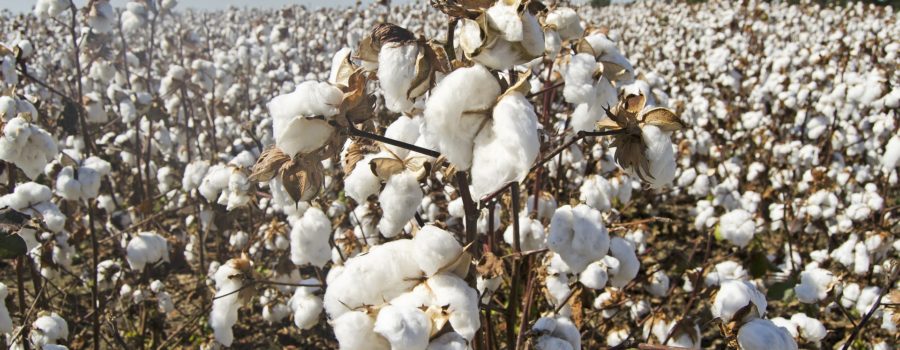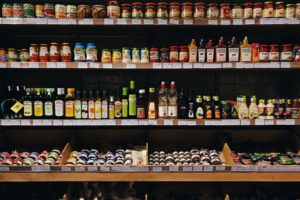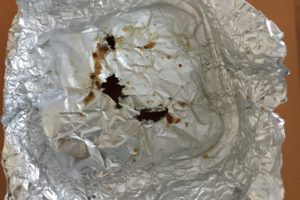Organic Cotton—Is This Really Necessary?
Organic cotton is something that I was surprised about when I first saw it advertised in a brand of children’s clothing. I love cotton, but until then I didn’t think that was important to be organic. And then I learned.
Cotton has been one of the most heavily pesticide-sprayed crops and although some products were phased out in the US, they’re still being used in many countries. When we read the clothing labels we can appreciate most are not domesticly-made products.
More recently, the U.S.-grown cotton is GMO, which means it’s sprayed with the heavy-duty pesticides used on these crops (one of them being glyphosate under the brand Round-Up). I know it sounds hard to believe, but some amounts of these chemicals remain in the cotton fibers and can be absorbed through skin.
As a side note, the conventional laundry detergents and softeners cause a similar process, they don’t rinse well and the remaining residues get absorbed through the skin. So when the freshly washed clothes smell pleasant yet strong, that’s the reason. The chemicals used to produce that scent are still on the fabric fibers. Not only do they get inside our body through skin, we also inhale them, as do people around.
Some parts of the cotton crops are not utilized in textile production. Left-over products—generically called Gin Trash—such as cotton seed, stalks, twigs or leaves, are used to the max. Can you guess by what industry? Mostly, the food companies! I would also add, after I studied the inactive ingredients in medications, the pharmaceutical companies get a decent share as well.
Through the by-products derived from Gin Trash, the pesticides end up in our foods and supplements through cottonseed oil and cotton-derived cellulose fibers. Here is how:
- cottonseed oil is approved for human consumption. When buying oil, if the label says vegetable oil, cottonseed can be part of it. Until 2012 Crisco oil was made from cottonseed oil, now it’s soybean oil (another GMO). Crisco shortening adds some palm oil along with trans-fats (partially hydrogenated fats).
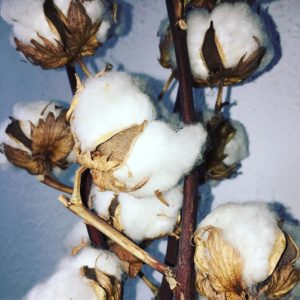
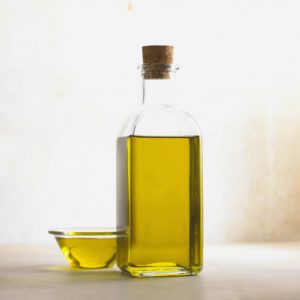
- cottonseed meal is fed to animals and subsequently ends in the dairy and meat products we buy
- cellulose fibers from cotton are used as thickeners and fillers (especially in low calories foods)
- cellulose appears on the ingredient labels of so many processed and pre-cooked foods, condiments and sauces, cream and coffee creamers, while some pizza cheese is made of cellulose-coated cheese granules
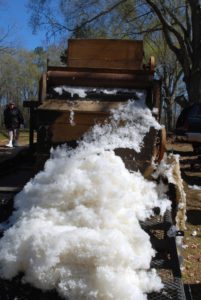
- medications (tablets, capsules, gelcaps, syrups, pediatric suspensions and drops), either prescription or over-the-counter, can have cellulose as one of the “inactive ingredients”
- vitamin E supplements can be made from cottonseed oil
- many other supplements can have a form of (cotton-derived) cellulose in their composition while most of the so-called “vegetarian capsules” are made of a combination of cellulose and polypropylene, and given the name hydroxypropyl methylcellulose, also called hypromellose or HPMC)
Needless to say, the ultimate residues from the production process can end up in our water and soil. Animals fed cottonseed meal can “enrich” the soil and water as well.
It surprised me once when I saw on a capsule supplement the specification tree-derived cellulose, but now I know why. On the other hand, it’s a pity to destroy trees and obtain cellulose this way, since it can be derived from many other environmentally-friendly crops.
The supplement I was checking out was a “vegetable capsule.” More of a pity is to combine the tree-derived cellulose with polypropylene in order to get the semi-synthetic cellulose capsules—which in reality are a different form of plastic.
Even if I don’t go crazy if a garment I plan to buy it’s not made of organic cotton, I do pay a lot of attention to the rest of the products (foods, medications, and supplements), now that I don’t want to eat more pesticides residues.
If you’re interested in the additional food additives, you can download the FREE MUST-HAVE CHECKLIST FOR FOOD ADDITIVES that I prepared. It can come in handy for your food-shopping, either in stores or online.

